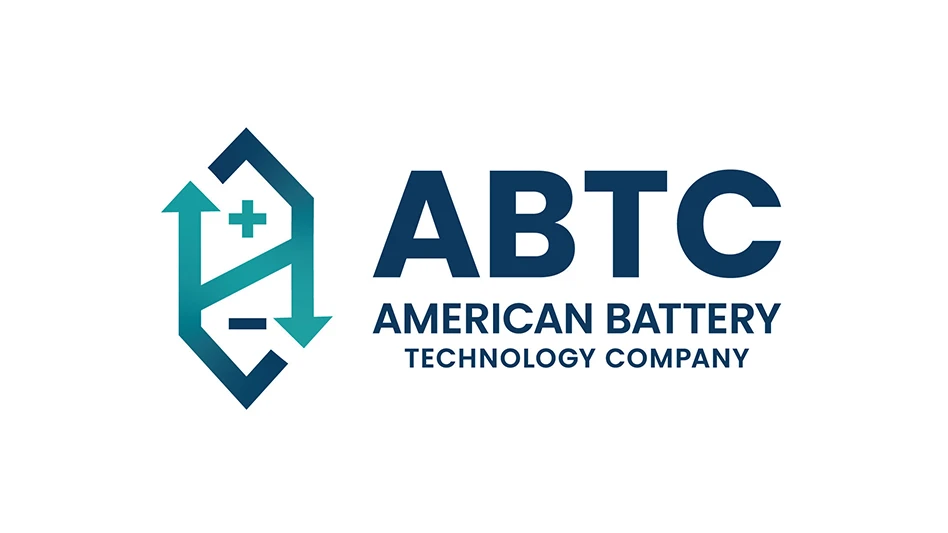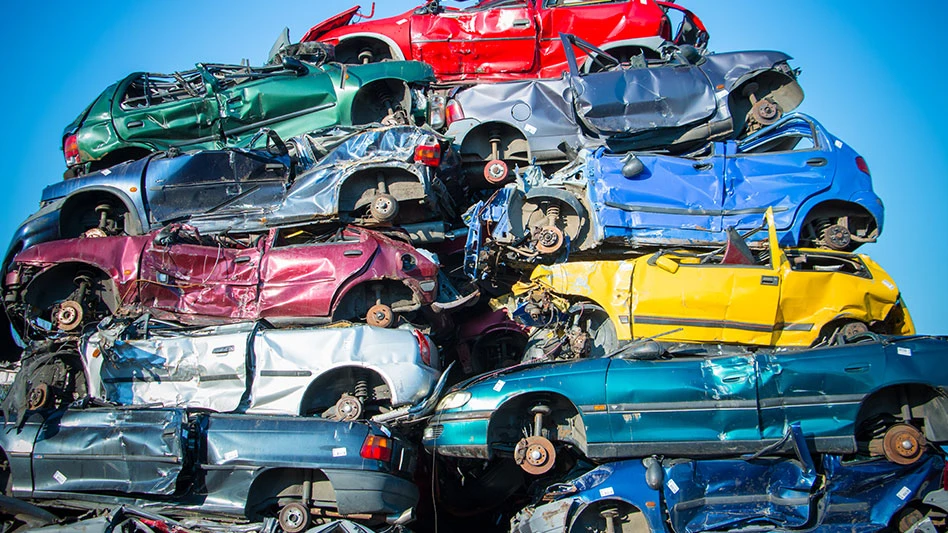
romaset | stock.adobe.com
The Biden-Harris administration, through the U.S. Department of Energy (DOE), has issued a request for information (RFI) to help guide the implementation of $335 million in investments for lithium-ion battery recycling programs from the Infrastructure Investment and Jobs Act, otherwise known as the bipartisan infrastructure law. The DOE says batteries are critical to powering clean-energy technologies. Additionally, expanding options for domestic production of zero-emissions transportation will allow more Americans to benefit from clean transportation while adding jobs to the clean-energy workforce and supporting President Biden’s decarbonization goals.
DOE is requesting feedback on how federal investments can accelerate the collection, transportation, processing and recycling of batteries and scrap materials, enable second-life applications of lithium-ion batteries previously used to power electric vehicles and support high-quality jobs for American workers.
In alignment with President Biden’s Justice40 initiative, the department says it will address equity, environmental and energy justice in relation to battery recycling and manufacturing. DOE is seeking feedback from industry, recyclers, retailers, community organizations, tribes and state and local governments to ensure future funding opportunities address the energy and transportation needs of all Americans.
Responses to the RFI are due Oct. 14 by 5 p.m. Eastern Daylight Time.
“Battery recycling doesn’t just remove harmful waste from our environment, it also strengthens domestic manufacturing by placing used materials back into the supply chain,” says U.S. Secretary of Energy Jennifer M. Granholm. “The bipartisan infrastructure law is making big investments in our clean energy and transportation future and securing our supply chain here at home will allow more Americans to benefit from the many clean technologies powered by lithium batteries.”
While lithium-ion battery costs have fallen more than 90 percent since 2008, energy density and performance have rapidly increased, paving the way for an accelerated transition to clean transportation, DOE says. With the global lithium-ion battery market projected to experience continued growth over the next decade, DOE says it is working with industry to build a robust and sustainable U.S. battery supply chain that will support increased market demand.
This RFI builds and expands on DOE’s May 2022 announcement of $3.16 billion in funding from the bipartisan infrastructure law, including $3.1 billion for battery materials refining and production plants, battery cell and pack manufacturing facilities and recycling facilities and $60 million to support second-life applications for batteries once used to power electric vehicles and new processes for recycling materials back into the battery supply chain.
Hurdles to overcome
According to the “Building Resilient Supply Chains, Revitalizing American Manufacturing and Fostering Broad-Based Growth: 100-Day Reviews under Executive Order 14017” report, wide-scale collection of end-of-life batteries helps secure a reliable supply of inputs into recycling facilities, supporting high use that is critical to commercially viable recycling. However, beyond rates of collection, recyclers are encountering cost pressures that primarily stem from transporting batteries safely over long distances to a recycling center as well as from the number of sorting and evaluation steps end-of-life batteries must through prior to recycling and the costs of operating the recycling process itself.
According to the "National Blueprint for Lithium Batteries," developed by the Federal Consortium for Advanced Batteries, recyclers face a net end-of-life cost when recycling EV batteries, with costs to transport batteries, which are considered a Class 9 hazardous material, constituting more than half of the end-of-life recycling costs. Shipments of Class 9 materials must meet special packaging requirements and are charged higher transportation rates. Additionally, regulatory complexity causes confusion among stakeholders as to whether batteries should be treated as hazardous waste or as universal waste, the DOE says. Potential policy action and future innovations that could render batteries electrochemically inert would allow these end-of-life batteries to be reclassified as nonhazardous, helping to reduce transportation costs and making the overall recycling process more profitable, the department adds.
End-of-life and manufacturing scrap each have a role to play
In the short term, the DOE says recycling and recovering critical minerals or materials from batteries contained in consumer electronics as opposed to end-of-life electric vehicles (EVs) could provide an initial resource that can help to buffer supply chain uncertainties and price instabilities related to critical battery materials.
Recycling of manufacturing scrap also could be an important step for U.S. industry, the DOE and analysts have noted. The scrap from the new and potentially large U.S. battery cell manufacturing activities would be available for immediate processing, while the cells from those factories being used in EV products would not enter the recycling stream for 10 years or more.
Given the long life of EV batteries and the scale of EV deployment to date, the impact of limited domestic recycling capacity is muted, the DOE says. In addition, when these batteries reach the end of their lives is variable and hard to predict. The issue of rechargeable battery recycling is further affected by ongoing R&D efforts to identify abundant substitutes for critical battery materials. Despite these uncertainties, a large supply of end-of-life EV batteries eventually could supply a significant share of critical battery material needs as part of a circular economy, the DOE adds.
Many companies in the U.S. and abroad are using pyrometallurgy and hydrometallurgy processing and other technologies to recycle critical battery materials. However, the DOE says cost-competitively recovering materials other than cobalt and nickel constituents remains challenging. While these metals could be used in meeting battery demand, they also could serve other material demand streams.
The DOE says its goal is to recover 90 percent of spent lithium batteries and reintroduce 90 percent of the key materials from these batteries into the materials supply chain, adding that a large supply of reclaimed battery materials eventually could supply a significant share of critical battery material needs as part of a circular economy.
Commitment to solving challenges necessary
Establishing a domestic supply chain for lithium-based batteries requires a national commitment to solving scientific challenges for new materials and developing a manufacturing base that meets the demands of the growing EV and stationary grid storage markets, according to the DOE.
Resilient supply chains will require new programs for the recycling and recovery of critical materials from products at the end of their lives, as well as from 0ther unconventional sources, such as minerals extracted from coal and other mine waste, that can minimize the need for new mining operations.
Principally, policy support should bolster the domestic supply chain by advancing demand for U.S.-made batteries and spurring the development of a stronger manufacturing base and a resilient supply chain, including battery recycling, the department says. Policy tools also must bolster resilient supply chains for essential upstream critical minerals and materials through a broad set of strategies to increase the supply of sustainably produced minerals and metals and to build refining and processing capacity needed to support manufacturing.
Get curated news on YOUR industry.
Enter your email to receive our newsletters.Latest from Recycling Today
- Circular by Shapiro releases "5 for Five" sustainability series
- Graphic Packaging set to close Ohio CRB facility
- Ameripen voices support for Maryland EPR bill
- Matalco to close Canton, Ohio, plant
- Maryland county expands curbside recycling to include electronics
- California EPS ban will be enforced
- YKK AP America introduces BetterBillet
- Fresh Perspective: Cameron Keefe





